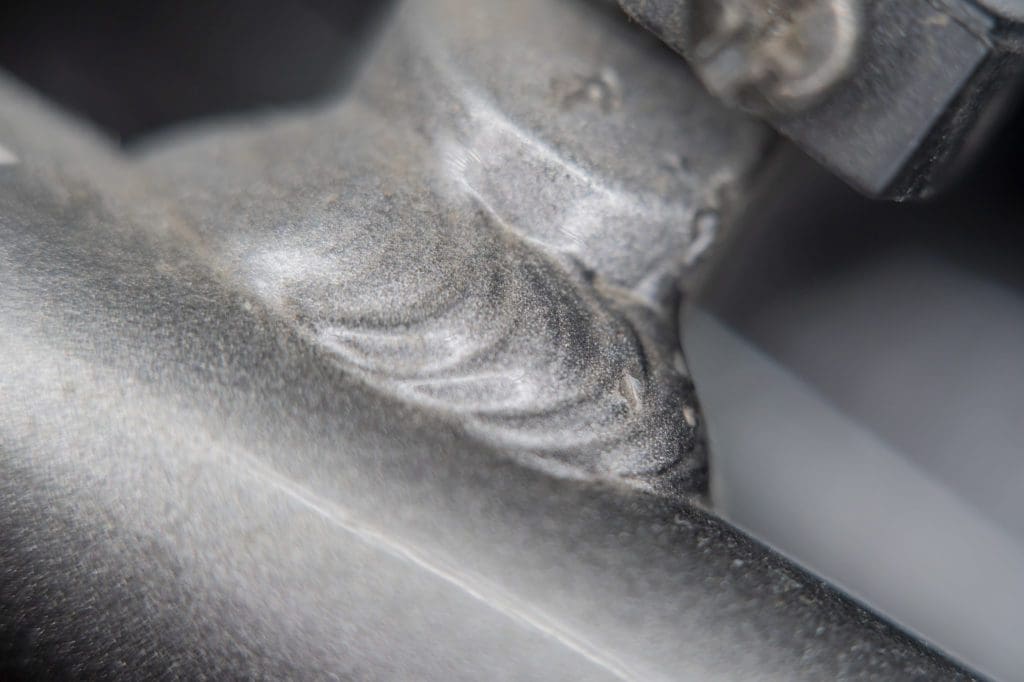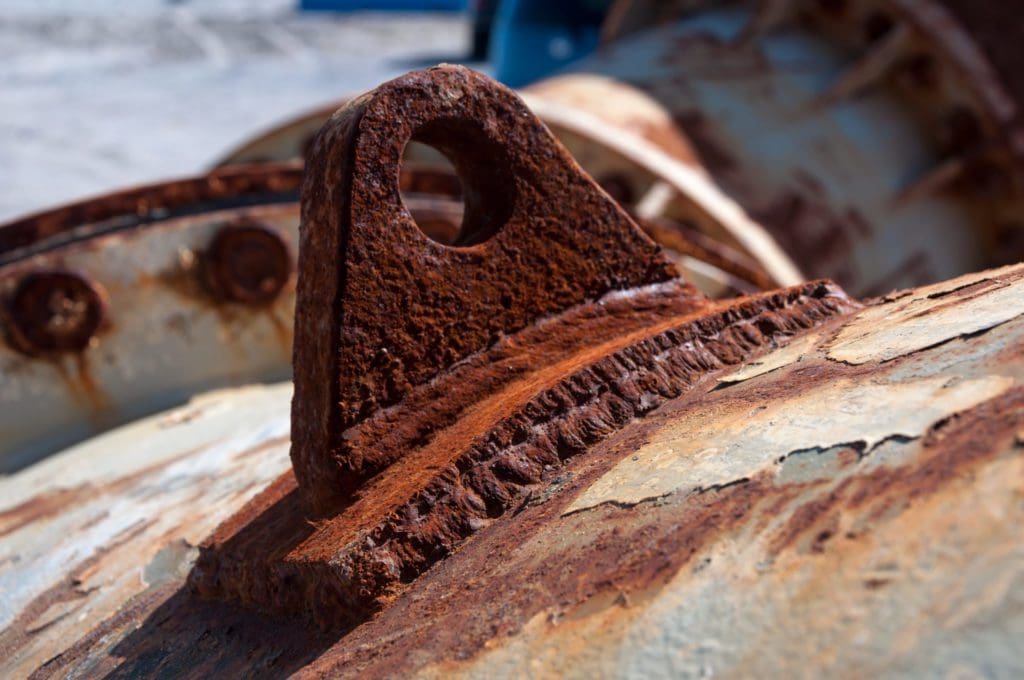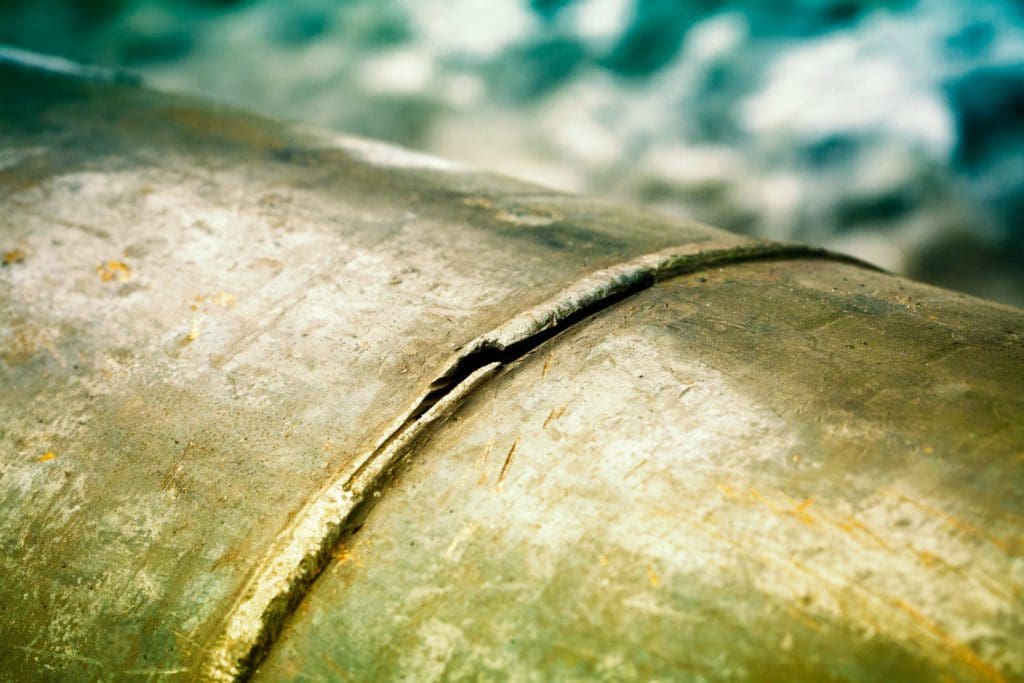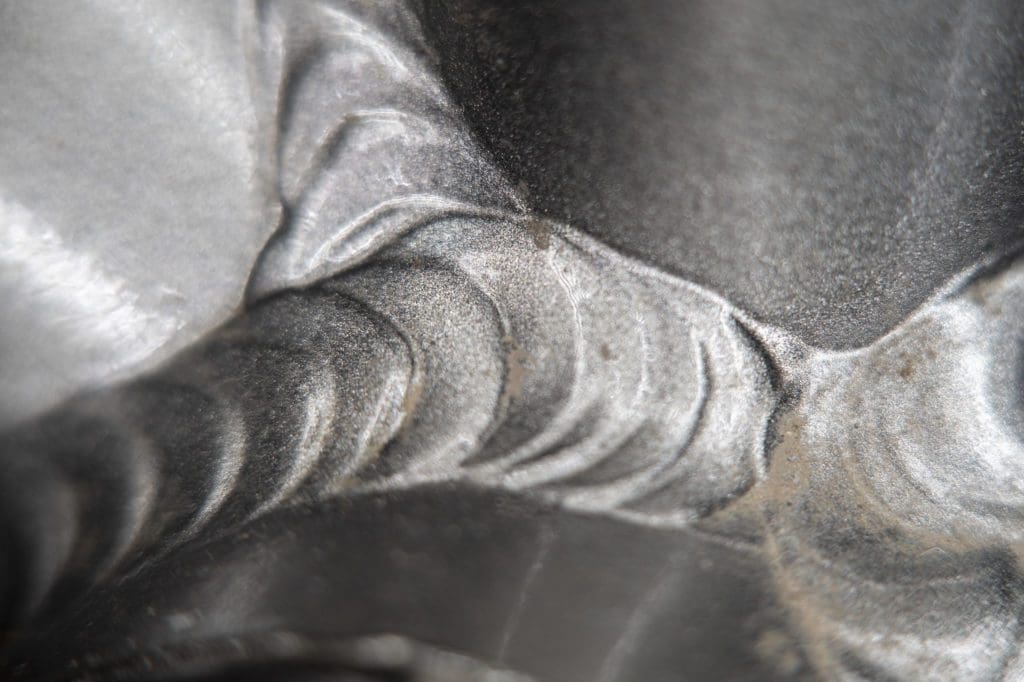We use welded products in essentially all parts of our daily life. Think about how many welded surfaces your fingers touch before you even arrive at work. Have you ever thought about defects in those pieces? What about what could be coating those welds?
Customers have certain expectations for their manufactured pieces. One of the major challenges in manufacturing is meeting these expectations when defects appear or occur over time. Innovations, like VRC’s Cold Spray Technology, have made it efficient and reasonably priced to put protective metal coatings on top of welds.
VRC’s Cold Spray System is ideal for welders to have on hand to protect or reinforce their weldments. Welders have a leg up when it comes to learning cold spray, especially for hand spraying. Our system is mobile and offers ways to enhance your welds. Contact us today for your quote.

What Is Welding & Where Is It Used?
In Damascus, Syria, armorers were the first to experiment with welding in the first millennium A.D. Welding was discovered while trying to manipulate iron into useful shapes, such as welded blades.
The carburization of iron to produce hard steel was used during this time, but the resultant steel was very brittle. The welding technique, which involved layering relatively soft and tough iron with high-carbon material, followed by hammer forging, produced a strong, tough blade.
Welding is a well-known manufacturing process that joins materials, usually metals or thermoplastics, by causing coalescence. This process is often accomplished by melting two pieces and adding a filler material to form a weld pool (or a pool of molten material). This pool’s temperature cools to develop a strong joint.
Sometimes high pressure is used in conjunction with heat or by itself to produce the weld.
Welding contrasts with soldering and brazing, which involves melting a lower-melting-point material between the workpieces to form a bond without melting the workpieces.

Why Does Welding Need Reinforcing?
Technically speaking, welding doesn’t always NEED reinforcement. However, when you’re looking for a nicely finished, quality, long-lasting piece, some finishing processes may need to be incorporated.
Also, the heat generated from the welding process vaporizes the protective zinc coating near the weld. Even though the remaining zinc continues to protect the zinc-free areas, the appearance is poor, and the zinc-free area will rust when exposed to the environment. Welded stainless steel can be less corrosion resistant in the welded area, but cold spray can be used to add highly corrosion-resistant materials on top.
Transforming a component from as-welded to a final product requires forethought and adherence to needed steps to ensure a flawless finish. Expert welders are aware that following the correct finishing sequence and using the proper techniques and products will deliver optimal results.

Why Do Welds Crack?
Weldments crack, rust, or fall apart for one or more of the following reasons:
- The welder fails to grind cracks out to the bottom before welding.
- The welder forms small welding beads. Proper welds should always be slightly wider than they are deep.
- The weld forms concave or hollow beads. Such welds can lead to cracking down the middle of the bead. Welds should always be convex or humped up.
- Failing to clean a repair properly. Leaving rust, paint, grease, dirt, or moisture on a repair introduces hydrogen into the weld that can promote cracking down the road or as the weld cools.
- The welder fails to preheat the metal(s) before welding. This preheating is particularly required when the steel you’re welding has a higher carbon or alloy content.
- The welder fails to fill craters at the end of a weld.
- The welder doesn’t properly reinforce a weld repair.
Cold Spray vs. Thermal Spray Coating
VRC’s cold spray technology is great for coating applications where lower thermal spray temperatures are beneficial.
The main advantages over conventional (heated) thermal spraying technology include: the spraying powder remains in its solid form, lower substrate surface temperatures, less oxidation of the powder and the substrate material, and finally the residual stresses from cold spray are compressive, helping prevent crack formation and growth.
Advantages Of Cold Spray Coating Welds
There are many advantages to the use of cold spray coating welds:
Corrosion-Resistance.
The largest one is reinforcing the weldment while providing corrosion resistance to the metal. Restoring the corrosion resistance of welds will restore the full corrosion resistance of a welded structure. Restoration of the zinc coating results in a superior product using “cold galvanizing” inorganic zinc coatings.
Extended Product Life.
Because of this corrosion resistance and reinforcement, the product life is extended by sometimes as much as 50%!
Impact Toughness Increased.
Using cold spray to coat welded joints, in particular, increases the impact toughness on those joints.
No Additional Strain On Metals.
Because cold spraying doesn’t involve adding more heat, there’s no weakening of the weldment once completed.
Thin Finishing Layer.
Because of the fine powder particles in cold spray, welders apply very light layers to finish the weldment. No large chunks should be visible to the human eye.

Why Does Cold Spray = Happy Welders?
Welders prefer the use of cold spray technology, or “supersonic particle deposition,” for many reasons.
These reasons include:
- No heat-affected zone
- No oxidation
- No alloy decomposition
- No combustion product entrapment
- Minimal masking requirements due to focused particle spray path
- High-strength coating
- Portable and mobile
- No deposition thickness limit
- Lack of toxic fumes
- Precise temperature control
- Hand operable
VRC’s Cold Spray System is ideal for welders to have on hand to protect or reinforce their weldments. Welders have a leg up when it comes to learning cold spray, especially for hand spraying. Our system is mobile and offers ways to enhance your welds. Once a weldment is coated with cold spray technology, you can consider your job “weld-done!” Contact us today for your quote.


